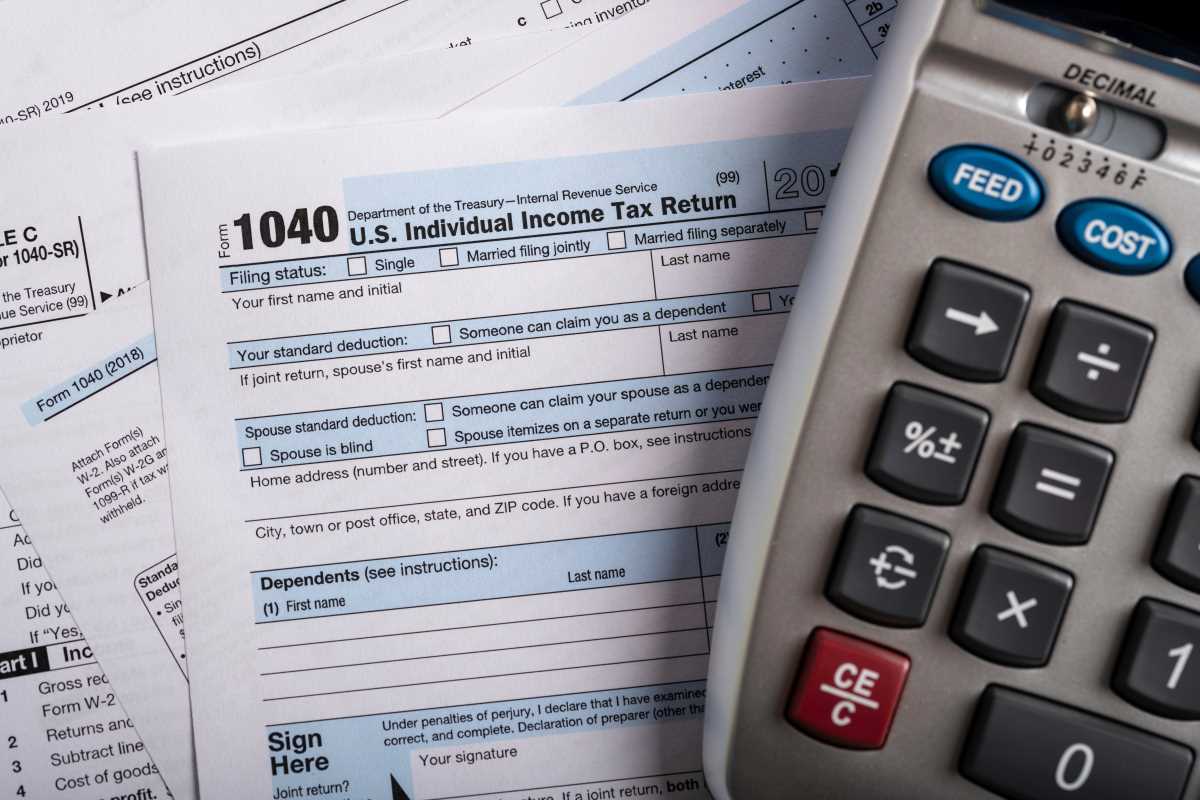Saving money can feel like an impossible task when you're living on a low income, but it's not only possible—it’s essential for financial security and peace of mind. Whether you're trying to build an emergency fund, save for retirement, or plan for a big purchase, setting up a savings plan is a key step toward improving your financial well-being. This article will explore how to create a savings plan, even when funds are limited, and provide actionable steps that anyone can implement to start saving today.
Assess Your Current Financial Situation
Before diving into a savings plan, the first step is understanding your financial situation. This means tracking your income, expenses, and existing debts. To start, consider creating a simple budget to track your cash flow. This process will give you a clear picture of where your money is going and help identify areas where you might be able to cut back.
Steps to Assess Your Finances:
- Track your income: Write down all sources of income—salary, part-time work, side hustles, or government assistance. Be honest about the total amount you bring in each month.
- List your expenses: Record all monthly expenses, including rent, utilities, groceries, transportation, and entertainment. Don’t forget about irregular costs like medical bills or subscription services.
- Identify areas to cut back: Look at your discretionary spending—subscriptions, dining out, impulse purchases—and determine where you can reduce or eliminate spending.
Once you know where your money is going, you'll be better equipped to figure out how much you can realistically put toward savings.
Set Realistic Goals
Setting clear and achievable savings goals is essential when working with limited funds. Whether saving for an emergency fund, a vacation, or a down payment on a house, having a specific target helps motivate you. Start small, especially if your income is tight. Even a small amount of savings is progress. Focus on building an emergency fund, which can be your first financial goal. A solid emergency fund should cover three to six months of living expenses in case of unexpected events like illness or job loss.
Tips for Setting Savings Goals:
- Be specific: Instead of saying, "I want to save money," set a specific amount, like "I want to save $500 for an emergency fund."
- Make it achievable: Set a realistic goal given your income. If $500 seems too much, start with $100 and work up.
- Break it down: If your goal is large, break it down into smaller, more manageable steps. For example, if you want to save $1,000, set a goal to save $50 per month for the next 20 months.
Start Small, But Start Now
One of the biggest obstacles to saving on a low income is the feeling that the amounts are too small to matter. However, small contributions can add up over time. It’s important to start saving, even if it’s just a few dollars a week. The key is consistency. You can gradually build up your savings by setting aside small amounts regularly without straining your budget. Even $5 or $10 a week can make a difference if your budget is extremely tight. You might not be able to save a significant amount in the first few months, but with persistence, you’ll find that the habit of saving becomes easier as time goes on.
Where to Start:
- Save spare change: Consider rounding up your purchases to the nearest dollar and saving the change. Apps like Acorns automatically round up your purchases and invest the difference.
- Automate savings: Even if it’s a small amount, automating your savings through a direct deposit or automatic transfer will help you stay on track without having to think about it. Treat savings like any other bill, and pay yourself first.
- Start with a low-risk savings account: Open a high-yield savings account that offers some return on your savings. It may not be much, but it will add up over time.
Cut Back on Non-Essential Spending
Cutting back on non-essential spending is crucial if you live on a low income. Identify areas where you can reduce costs and free up money for savings. This could mean making lifestyle adjustments or finding alternatives to costly habits. For example, consider cooking at home instead of going to expensive restaurants. Meal prepping can help you save on groceries and prevent you from making impulse buys at the store. If you frequently buy coffee or snacks, think about how you can cut back by preparing your own meals or drinks.
Strategies to Reduce Spending:
- Use coupons and discounts: Look for coupons, sales, and other discounts when shopping. Many stores also have loyalty programs that offer savings.
- Limit dining out: Cooking at home is far cheaper than eating out. Plan your meals and buy in bulk to reduce costs.
- Buy second-hand: When possible, consider buying used items, especially clothing, furniture, or electronics. Thrift stores and online marketplaces are great options for finding quality second-hand items.
Take Advantage of Assistance Programs
If your income is low, government assistance programs may be available to help you reduce living costs and save money. Programs like food stamps (SNAP), utility assistance, or subsidized housing can ease your financial burden and free up funds for savings. Look into community programs or charitable organizations that provide financial literacy education or free financial counseling. These resources can help you make smarter decisions about managing your money and building a savings plan.
Increase Your Income
Another approach to boosting your savings potential is by increasing your income. While it may seem challenging, there are many ways to bring in extra cash without drastically changing your lifestyle. Consider a side hustle or freelancing in areas where you have expertise, like writing, graphic design, or tutoring. If possible, look for opportunities to ask for a raise or take on extra hours at your current job. Alternatively, explore better-paying job opportunities or positions with benefits like health insurance that can help reduce long-term costs.
Build Your Financial Literacy
Understanding basic financial principles is essential to managing your money and creating a sustainable savings plan. Use free online resources, books, and financial podcasts to build your financial literacy. Educating yourself about budgeting, investing, and credit can help you make better financial decisions and avoid costly mistakes. Consider speaking with a financial advisor, especially if you're trying to navigate complex topics like debt or retirement savings. Many advisors offer free consultations and can help you create a personalized plan to meet your financial goals.
Use Financial Tools to Track Your Progress
There are many tools and apps available to help you track your spending, savings, and budgeting goals. Tools like Mint, YNAB (You Need A Budget), or PocketGuard help you visualize where your money is going and help you stick to your savings plan. Tracking your progress can motivate and provide you with the clarity needed to adjust your plan. Whether it’s a simple spreadsheet or a high-tech budgeting app, find a system that works for you.







